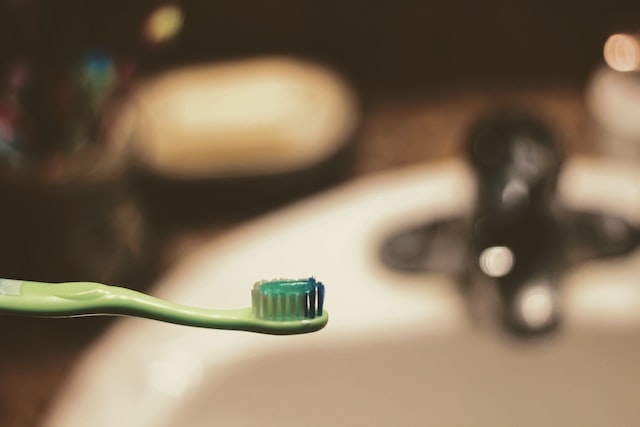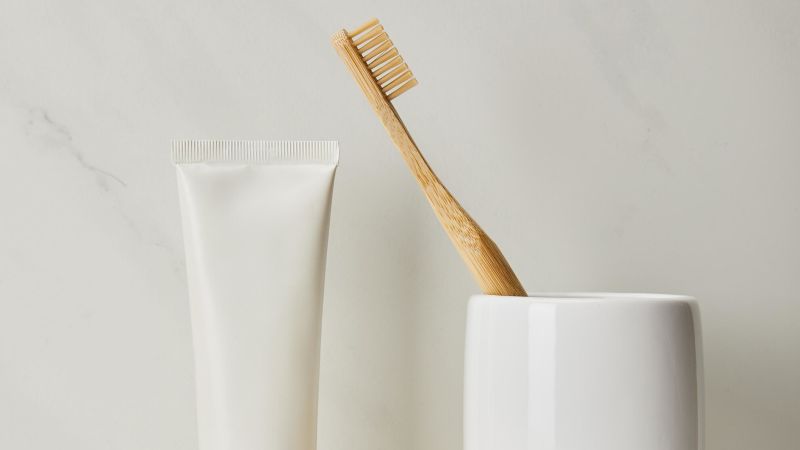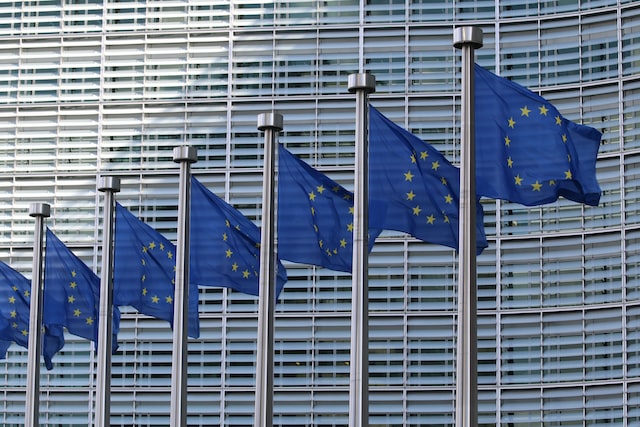What’s new?
Based on the information provided and considering the classification as a Carcinogenic, Mutagenic, Reprotoxic (CMR) Category 2 (Annex VI EC/1272/2008), as well as all toxicological endpoints, including potential endocrine-disrupting effects, the SCCS considered Hexyl Salicylate safe for use in children up to 3 years old at the following maximum concentrations:
- 0.1% in shower gels, hand soaps, shampoos, hair conditioners, body lotions, face creams, hand creams, lipsticks/lip balms, and fragrance products
- 0.001% in toothpaste.
Draft results from an infant survey by Cosmetics Europe revealed that many babies have experienced “skin issues,” indicating a potential risk for children with damaged skin being exposed to cosmetic products containing Salicylates. This is concerning due to the increased absorption of chemicals through compromised skin.
Hexyl Salicylate is classified as a Category 1 skin sensitizer, and there is uncertainty regarding the presence of Salicylic Acid in these products, either as an impurity or from the breakdown of Hexyl Salicylate. It is important to note that Salicylic Acid is not allowed in cosmetics for children under 3 years old, and if present, must be at a technically unavoidable trace level.
Additionally, the estimated amount of toothpaste ingested by children under 3 has been updated to a significantly higher figure compared to previous assessments of Salicylates in children’s cosmetic products. This adjustment raises safety concerns regarding exposure to other Salicylates, particularly those with a margin of safety (MoS) close to 100.
This opinion does not apply to sprayable products, including mouth sprays, that may lead to exposure by inhalation, and does not address environmental safety.








